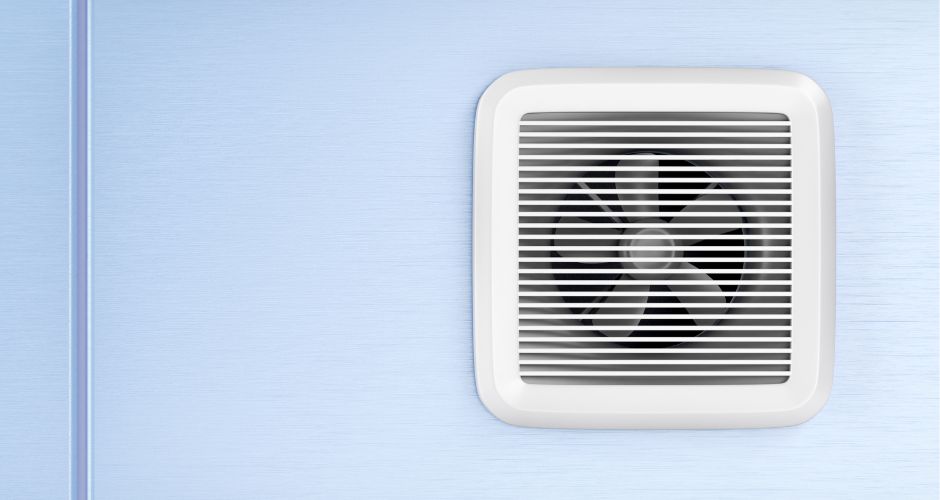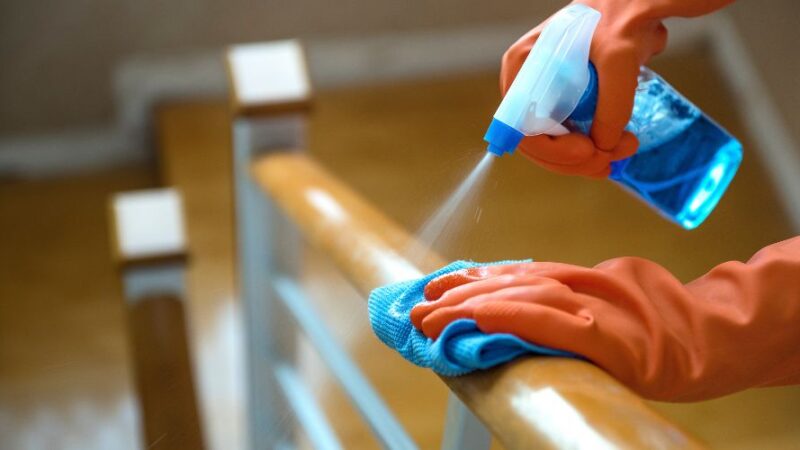How to Get Rid of Musty Odors in Your Home

Have you ever returned to your home after a few hours or days only to be greeted by a musty, damp smell? That unpleasant odor signals the presence of mold or mildew, my friends.
A musty smell in a home is often indicative of excess moisture and the presence of mold or mildew. Several factors can contribute to this unpleasant odor, including water leaks, high humidity, or poor ventilation.

Musty smells are commonly found in areas with inadequate airflow, such as basements, bathrooms, or closets, where damp conditions create an ideal environment for mold growth. If not promptly addressed, water damage from leaks or flooding can lead to persistent musty odors.
Neglected or infrequently cleaned areas may accumulate dust and debris, further intensifying the musty scent. Identifying and addressing the root cause, improving ventilation, reducing humidity, and implementing regular cleaning routines are essential to eliminating musty smells and creating a fresher indoor environment.
What Causes a Musty Smell in Your Home?
A musty smell in a home can be attributed to various factors, often stemming from conditions that foster mold growth, mildew, or bacteria. Here are some common causes of musty odors in indoor spaces:

- Excess Moisture: High humidity levels or water leaks can lead to excess moisture, creating an ideal mold and mildew growth environment. Dampness in areas like basements, bathrooms, or poorly ventilated spaces can produce a musty smell.
- Mold and Mildew: The presence of mold and mildew, which thrive in damp and humid conditions, is a primary cause of musty odors. These microorganisms release volatile organic compounds (VOCs) that create unpleasant smells.
- Poor Ventilation: Inadequate ventilation can trap stagnant air and moisture, promoting the buildup of musty odors. Areas with limited airflow, such as closets or sealed-off rooms, are particularly susceptible.
- Water Damage: Previous or ongoing water damage, whether from leaks, flooding, or plumbing issues, can create an environment conducive to mold growth. Even minor water damage, if left unaddressed, can lead to persistent musty odors.
- Decaying Organic Matter: Organic materials, such as wood or paper, can deteriorate over time, especially if exposed to moisture. Wearing organic matter can emit unpleasant odors resembling mustiness.
- Dirty or Neglected Areas: Dust, dirt, and debris can accumulate in neglected or less frequently cleaned areas. These particles can harbor musty smells and contribute to an overall stale atmosphere.
- Old or Musty Furniture: Upholstered furniture or carpets exposed to moisture or not cleaned regularly can develop musty odors. Fabrics can trap odors, especially in humid conditions.
- Closed-off Spaces: Rooms or areas seldom used and kept closed for extended periods can become musty due to inadequate air circulation. Stagnant air allows odors to concentrate and persist.
Is Mildew the Same as Mold?
While mildew and mold are both types of fungi, they differ in appearance, characteristics, and the surfaces they typically affect. Mildew is a surface-level, powdery or downy mold that usually appears as white or gray patches on damp surfaces.
It is commonly found on living plant materials and often develops on shower walls, fabrics, or paper surfaces. Mildew is generally easier to clean and remove compared to mold. On the other hand, mold is a broader term encompassing various fungi types, including the more complex and invasive forms.
Mold tends to have a fuzzy or slimy appearance and can come in multiple colors, including green, black, or brown. Mold grows beneath the surface and can penetrate materials, making eradicating more challenging.
Both mildew and mold thrive in damp environments, but the distinction lies in their appearance, depth of growth, and the potential for damage they can cause to surfaces and materials.
Common Areas of Musty Smell and Ways to Get Rid
Musty smells can be commonly found in various areas of a home, often where conditions conducive to mold and mildew growth exist. Here are common areas and How to Get Rid of Musty Odors in Your Home:

| Areas | Cause | Solution |
| Basements | Dampness, lack of ventilation, and potential water leaks contribute to musty odors. | Improve ventilation, use dehumidifiers, address any water leaks promptly, and consider waterproofing. |
| Bathrooms | High humidity levels from frequent use and inadequate ventilation can lead to mustiness. | Use exhaust fans, open windows, clean regularly to prevent mold growth, and fix any leaks. |
| Closets | Limited airflow and darkness create an environment for mold to thrive on clothing and fabrics. | Keep closets well-ventilated, use moisture-absorbing products, and rotate and clean clothing regularly. |
| Carpets and Upholstery | Carpets and upholstery can trap moisture and become a breeding ground for mold and odors. | Regularly clean and vacuum carpets, use dehumidifiers, and consider professional cleaning for upholstery. |
| Kitchens | Moisture from cooking, potential leaks, and lack of ventilation can lead to musty odors. | Use exhaust fans, promptly address leaks, clean surfaces regularly, and ensure proper ventilation. |
| Attics | Poor ventilation, insulation issues, and potential leaks contribute to musty smells. | Improve attic ventilation, address insulation problems, and fix any roof leaks. |
| HVAC Systems | Moisture buildup in air conditioning units and ducts can lead to musty odors. | Regularly maintain and clean HVAC systems, including ducts, and consider using air purifiers. |
| Books and Paper | Humidity and lack of ventilation can cause mold growth on books and paper. | Store books in a dry and well-ventilated space, keep them clean, and address any dampness. |
| Laundry Rooms | Dampness from wet clothes and potential leaks can lead to musty odors. | Ensure proper ventilation, promptly dry wet clothes, and fix any leaks in washing machines. |
| Damp Furniture | Upholstered furniture exposed to moisture can develop musty smells. | Keep furniture dry, use dehumidifiers, and clean and air out furniture regularly. |
Combining these strategies can eliminate musty smells and create a fresh, inviting atmosphere in your home. Consistency in addressing underlying issues and maintaining a clean and well-ventilated environment is critical to preventing the return of musty odors.






